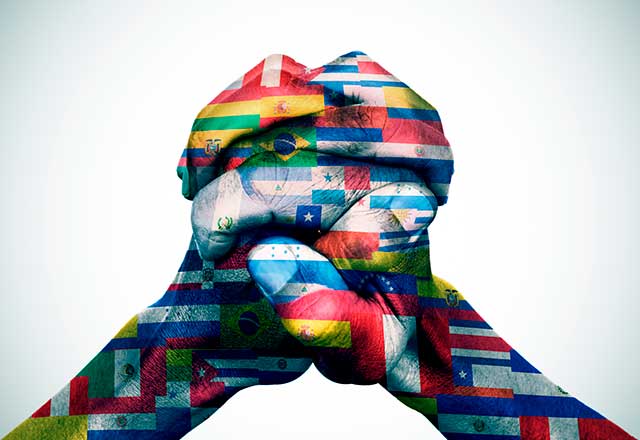Baltimore’s Bourgeoning Hispanic Community
Hispanic Heritage Month (Sept. 15–Oct. 15) is winding down this week, which means it’s the perfect time to highlight the presence of the Latino community in Baltimore. Over the last 10 years, the community has grown substantially, with the Hispanic population doubling from 4% in 2010 to 8% in 2020. This is, at least in part, due to the stance the city has taken in recent years to encourage immigration in efforts to grow the city, as well as its promise to protect immigrants, regardless of immigration status. The city’s welcoming stance on immigration from Latin American countries is widely regarded as beneficial to the city. After all, Hispanic Americans have been vital to economic growth across the U.S., are more active in the labor force than the U.S. population as a whole, are the backbone of the construction and agricultural industries, and have a massive amount of spending power.
Health Care Disparities
Although the Hispanic community has been successful in many ways, they are still struggling with health care disparities in and out of the city. The community is much more likely to be affected by health conditions like asthma, diabetes, cancer, HIV and tuberculosis than non-Hispanic whites.
The COVID-19 pandemic has unfortunately hit the community quite badly, with 42% of sampled Latinx patients at Johns Hopkins testing positive for the virus, and almost half of Hispanics having someone in their household suffer a pay cut or job loss due to the pandemic.
Thankfully, there are many organizations dedicated to remedying issues within the Hispanic community, including health care disparities.
Volunteering to Support the Hispanic Community
If you are interested in helping the local Hispanic community, there are many ways to get involved:
The largest immigrant advocacy organization in the mid-Atlantic, CASA, advocates for immigrants and provides resources such as English as a second language (ESOL) classes, citizenship education and preparation, health and human services, and vocational training.
The Esperanza Center serves the Hispanic community through educational, health care and immigration services.
Centro Sol is dedicated to promoting better health care for the Hispanic community in Baltimore by providing mental health and clinical care, furthering education, and improving research and policy.
If you’re unable to get involved, please consider donating to one of the above organizations or to Emergency Relief for Immigrant Families.
Lastly, be sure to attend the final Hispanic Heritage Month event at Johns Hopkins: a panel discussion with Johns Hopkins Medicine LatinX/Hispanic leadership on cultural identity and career. Tune in to the webinar on Oct. 15 at noon.
[themify_hr]
Related Content
- International Students Face an Extra Hurdle during COVID-19
- Ways in Which We Can Help Throughout the Coronavirus Pandemic
- ‘We’ve Always Been Here’: Student Groups Continue to Fight for Equity in Academia
- What Can Academia Do to Fight Racism?
Want to read more from the Johns Hopkins School of Medicine? Subscribe to the Biomedical Odyssey blog and receive new posts directly in your inbox.

Pingback: Supporting Afghan Refugees in Baltimore | Biomedical Odyssey
Comments are closed.